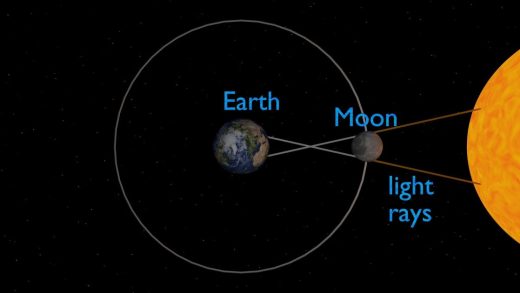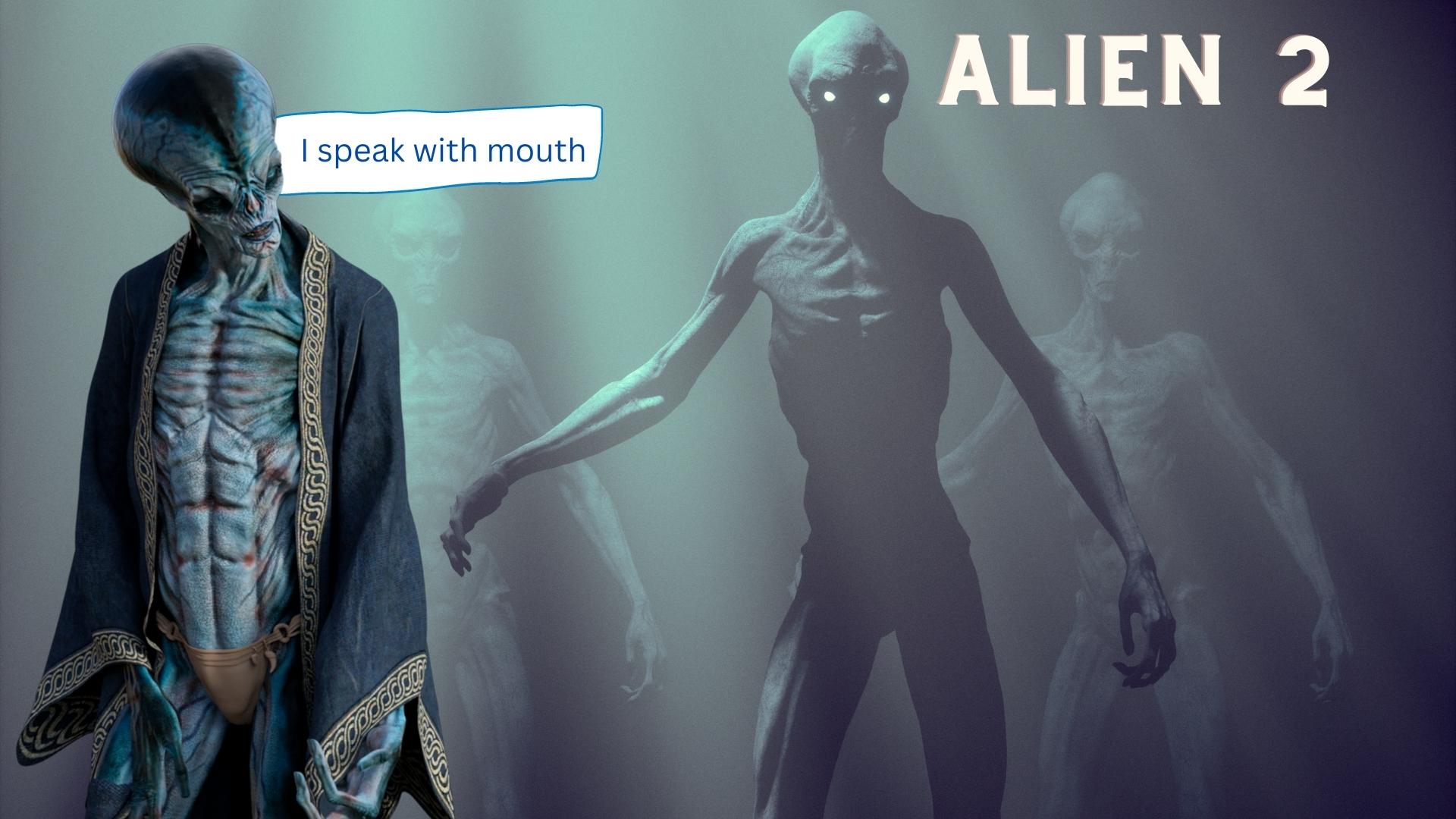James Webb Telescope finds second lensed supernova, fuels universe expansion rate debate
NASA’s James Webb Space Telescope recently identified a second supernova within a distant galaxy, MACS J0138.0-2155, refueling the debate surrounding the universe’s expansion rate. This discovery, observed in November 2023, utilizes the gravitational lensing effect, bending light due to intense gravity, leading to multiple images of the galaxy.

Astronomers stumbled upon the first supernova, dubbed “Requiem,” within MRG-M0138 in 2016, marking a milestone as it’s located 10 billion light-years away. However, another surprise came in 2023 when a second supernova, “Encore,” was unveiled within the same galaxy through the James Webb Space Telescope.
“When a supernova explodes behind a gravitational lens, its light reaches Earth by several different paths,” said Justin Pierel of the Space Telescope Science Institute and Andrew Newman of the Observatories of the Carnegie Institution for Science in a joint statement.
These varied paths create staggered appearances of supernova images, enabling astronomers to gauge the universe’s expansion rate, known as the Hubble constant.
The rarity of these multiply imaged supernovae complicates cosmological studies, with fewer than a dozen previously detected. The unique aspect of MRG-M0138 lies in the dual sightings of type Ia supernovae, essential for resolving the ongoing dispute concerning the universe’s expansion rate.
This debate revolves around the discrepancy in the Hubble constant values obtained from distinct methodologies. One calculation is based on the cosmic microwave background (CMB) radiation, deriving a value of 67.4 kilometers per second per megaparsec. Conversely, type Ia supernovae offer an alternative method yielding a value of 73.2 kilometers per second per megaparsec.
The distinct advantage of these lensed supernovae lies in their appearance across five different lensed images, allowing for the measurement of variations in arrival times. This could provide crucial insights into the universe’s expansion history.

However, a challenge arises due to the delayed appearance of one of the supernova images, projected to emerge in the mid-2030s. This anticipation of future observations opens a window for more precise measurements, potentially settling the dispute regarding the Hubble tension.
Pierel and Newman highlighted the upcoming opportunity: “Supernovae are normally unpredictable, but in this case we know when and where to look to see the final appearances of Requiem and Encore.”
“Infrared observations around 2035 will catch their last hurrah and deliver a new and precise measurement of the Hubble constant.”
These discoveries, part of Webb Director’s Discretionary Time program 6549, hold promise in reshaping our understanding of the universe’s expansion rate, offering a potential resolution to the longstanding scientific debate.


